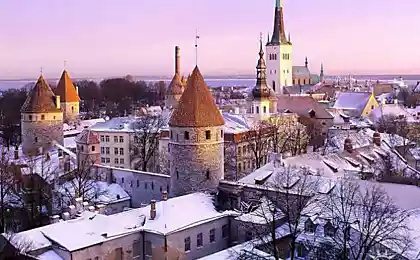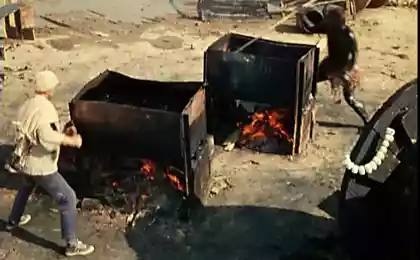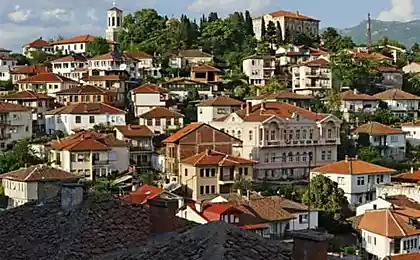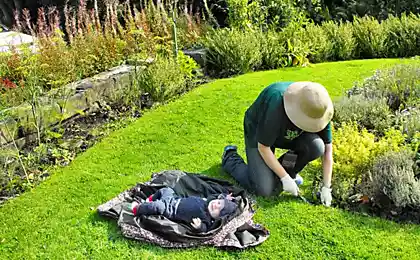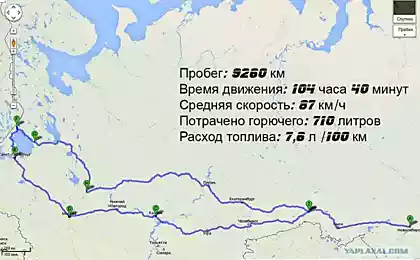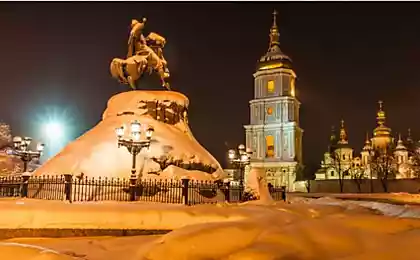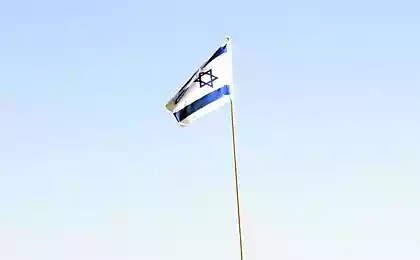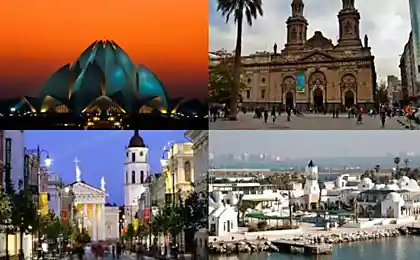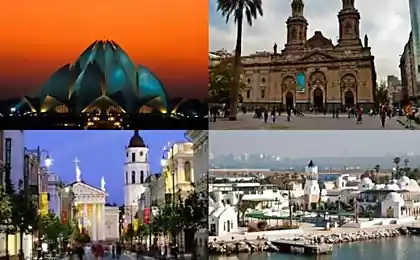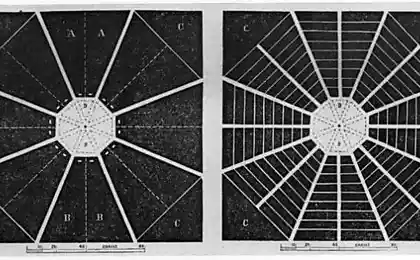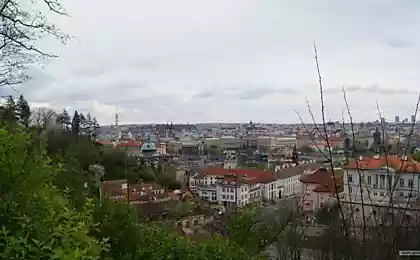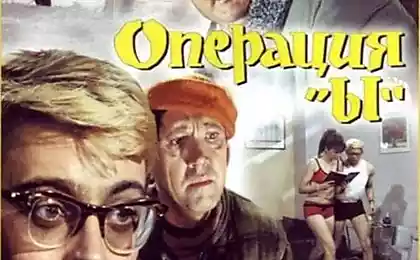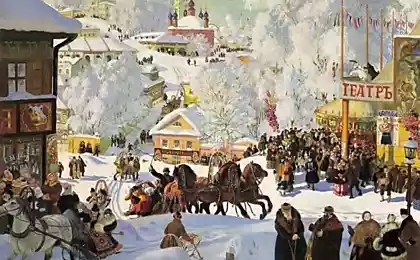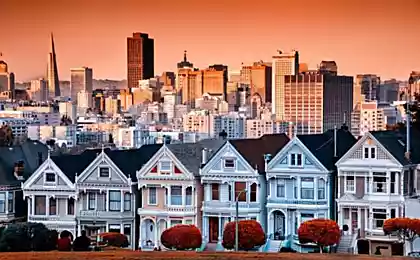1779
Old Tallinn
Went to her grandmother in Estonia and otschelkala photos of Tallinn. Places where Russian film adaptation starred "d'Artagnan and Three Musketeers" and episodes of "The Adventures of Electronics»
Let's go!

A little history -
The name «Tallinn (a)» in Estonian comes from the words «taani linn» («Danish castle»), «tali linn» («winter town"). Russian language name translates as - Kolyvan, Revel.
This is a major passenger and cargo port and the first capital of Estonia.
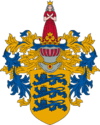
The first mention of Tallinn, presumably refers to 1154, when the Arab geographer Al-Idrisi described in his work "Holiday Longing for wandering in the fields of" a town called Kolyvan (in writing Quoluwany). Penetration time of the names in the oral tradition is unknown in the ancient written sources he meets in 1223 and out of use only in the XVIII century.
Russian city name Revel was borrowed from German (Swedish) became the official language and the accession of reclaimed during the Northern War Estonia to the Russian Empire. In 1719 was established as Revel province. However, the actual use of three options: Russian (official) - Revel, German - Reval and Estonian - Tallinn.
When, after the October Revolution, the Soviet government recognized the right of the peoples of Russia to self-determination, it is recognized and local names in the form in which they are used by indigenous peoples. Thus, in the Russian context began to be used Estonian city of Tallinn.
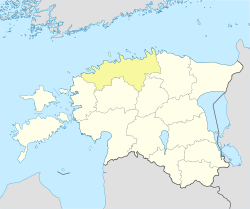
Tallinn is located in Northern Europe, on the southern shore of the Gulf of Finland, 80 kilometers from Helsinki. The largest lake in Tallinn - Ülemiste (area 9, 6 km² 52,748,621
. This is the main source of drinking water of the city. Harku Lake - the second largest (area 1, 6 km² 50,140,302
. Unlike many large cities, the only significant river in Tallinn - Pirita - located far from the center of town (now city Pirita). River basin is protected because of its scenic beauty.
The coastline - 46 kilometers. Within the city, it forms three large peninsulas: Copley, Paljassaare and Kakumäe four Gulf: Tallinn, Paljassaare, Kopli and Kakumäe.
Of course in the city so full of attractions, but most of all I like Vanna Tallinn and the Old Town. It was there that George Yungvald-Khil'kevich saw Paris for his Musketeers.
Thus, the streets of old Tallinn -
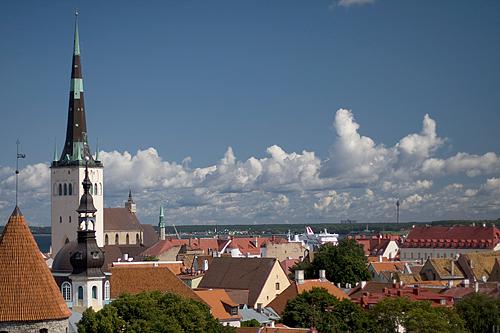
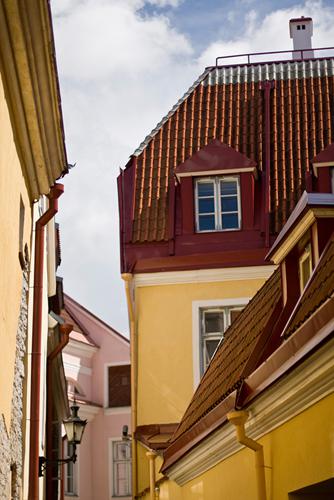
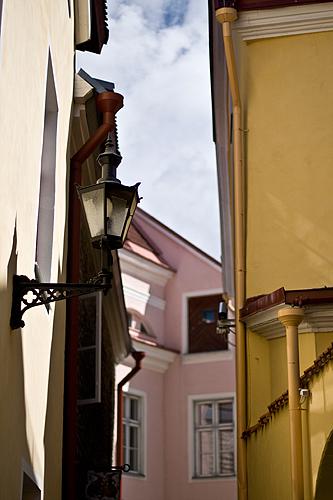
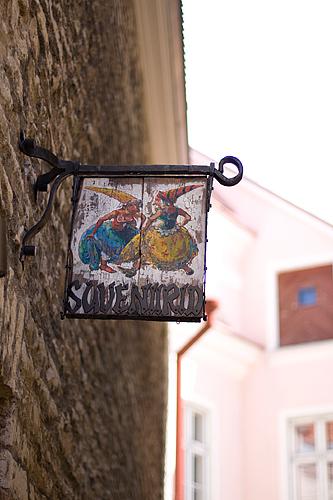
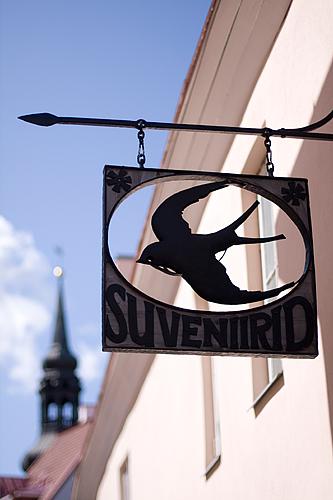
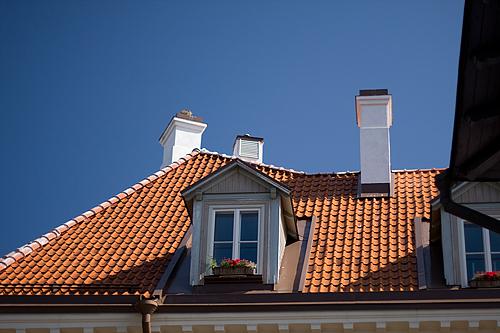
Russian Theatre of Estonia - the country's only professional theater, working in Russian. Founded in 1948, the former name - the State Russian Drama Theatre of the Estonian SSR. For 60 years the theater staged 500 performances, went on tour in many cities of the former SSSR.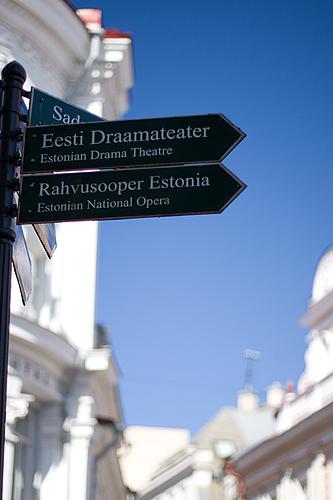
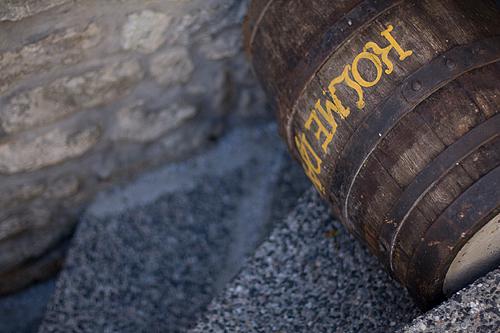
The Town Hall Square to the cathedral fetters pinned unfaithful husbands in public. T.k.ploschad was central, probably very few of the men who have the desire to go to the left)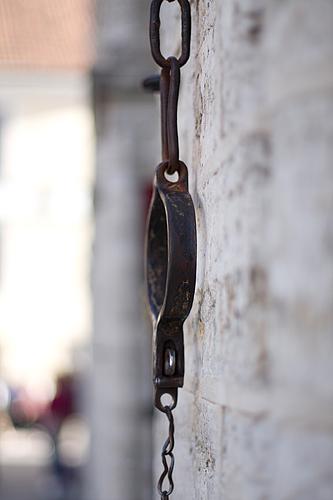
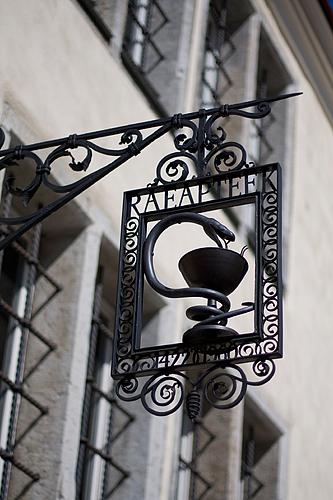
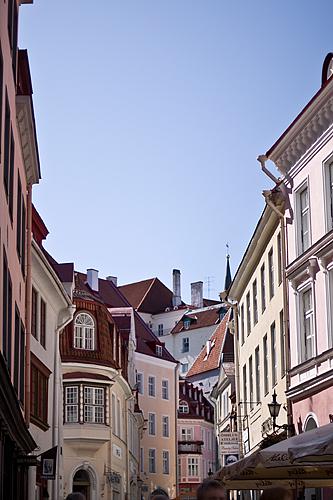

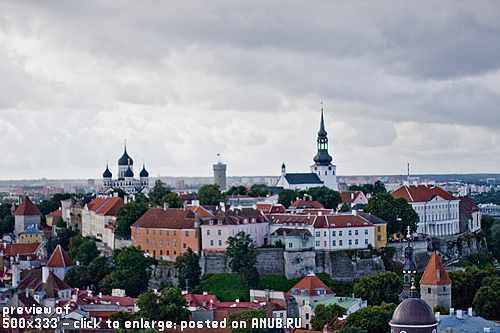
Monument "Mermaid" - a monument in the form of a bronze angel standing on a granite pedestal with the inscription: "Rossiyane not zabyvayut svoih geroev muchenikov».
The monument was made in 1893. Opened September 7, 1902, the ninth anniversary of the death of the battleship "Mermaid" in memory of his crew. Created by the architect Amandus Adamson. His cross angel points to the place of death bronenostsa.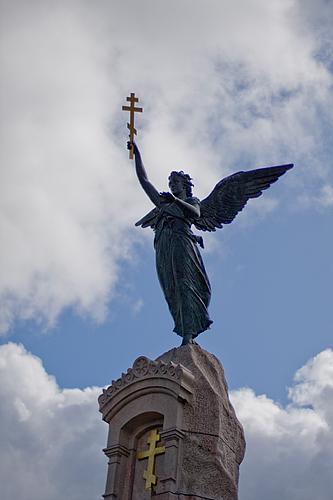
That's all, thank you for your attention))) Paul Maikey.
Let's go!

A little history -
The name «Tallinn (a)» in Estonian comes from the words «taani linn» («Danish castle»), «tali linn» («winter town"). Russian language name translates as - Kolyvan, Revel.
This is a major passenger and cargo port and the first capital of Estonia.

The first mention of Tallinn, presumably refers to 1154, when the Arab geographer Al-Idrisi described in his work "Holiday Longing for wandering in the fields of" a town called Kolyvan (in writing Quoluwany). Penetration time of the names in the oral tradition is unknown in the ancient written sources he meets in 1223 and out of use only in the XVIII century.
Russian city name Revel was borrowed from German (Swedish) became the official language and the accession of reclaimed during the Northern War Estonia to the Russian Empire. In 1719 was established as Revel province. However, the actual use of three options: Russian (official) - Revel, German - Reval and Estonian - Tallinn.
When, after the October Revolution, the Soviet government recognized the right of the peoples of Russia to self-determination, it is recognized and local names in the form in which they are used by indigenous peoples. Thus, in the Russian context began to be used Estonian city of Tallinn.

Tallinn is located in Northern Europe, on the southern shore of the Gulf of Finland, 80 kilometers from Helsinki. The largest lake in Tallinn - Ülemiste (area 9, 6 km² 52,748,621
. This is the main source of drinking water of the city. Harku Lake - the second largest (area 1, 6 km² 50,140,302
. Unlike many large cities, the only significant river in Tallinn - Pirita - located far from the center of town (now city Pirita). River basin is protected because of its scenic beauty.
The coastline - 46 kilometers. Within the city, it forms three large peninsulas: Copley, Paljassaare and Kakumäe four Gulf: Tallinn, Paljassaare, Kopli and Kakumäe.
Of course in the city so full of attractions, but most of all I like Vanna Tallinn and the Old Town. It was there that George Yungvald-Khil'kevich saw Paris for his Musketeers.
Thus, the streets of old Tallinn -






Russian Theatre of Estonia - the country's only professional theater, working in Russian. Founded in 1948, the former name - the State Russian Drama Theatre of the Estonian SSR. For 60 years the theater staged 500 performances, went on tour in many cities of the former SSSR.


The Town Hall Square to the cathedral fetters pinned unfaithful husbands in public. T.k.ploschad was central, probably very few of the men who have the desire to go to the left)





Monument "Mermaid" - a monument in the form of a bronze angel standing on a granite pedestal with the inscription: "Rossiyane not zabyvayut svoih geroev muchenikov».
The monument was made in 1893. Opened September 7, 1902, the ninth anniversary of the death of the battleship "Mermaid" in memory of his crew. Created by the architect Amandus Adamson. His cross angel points to the place of death bronenostsa.

That's all, thank you for your attention))) Paul Maikey.

